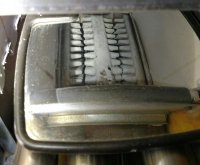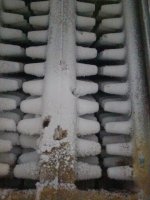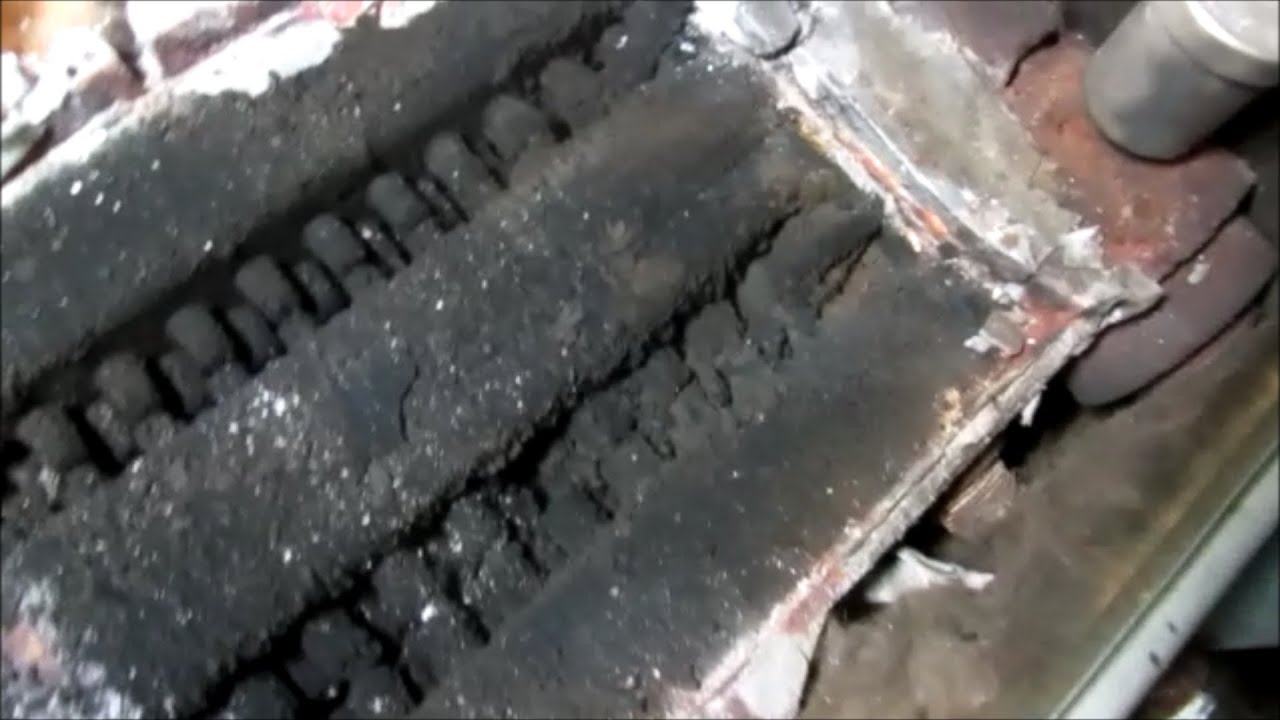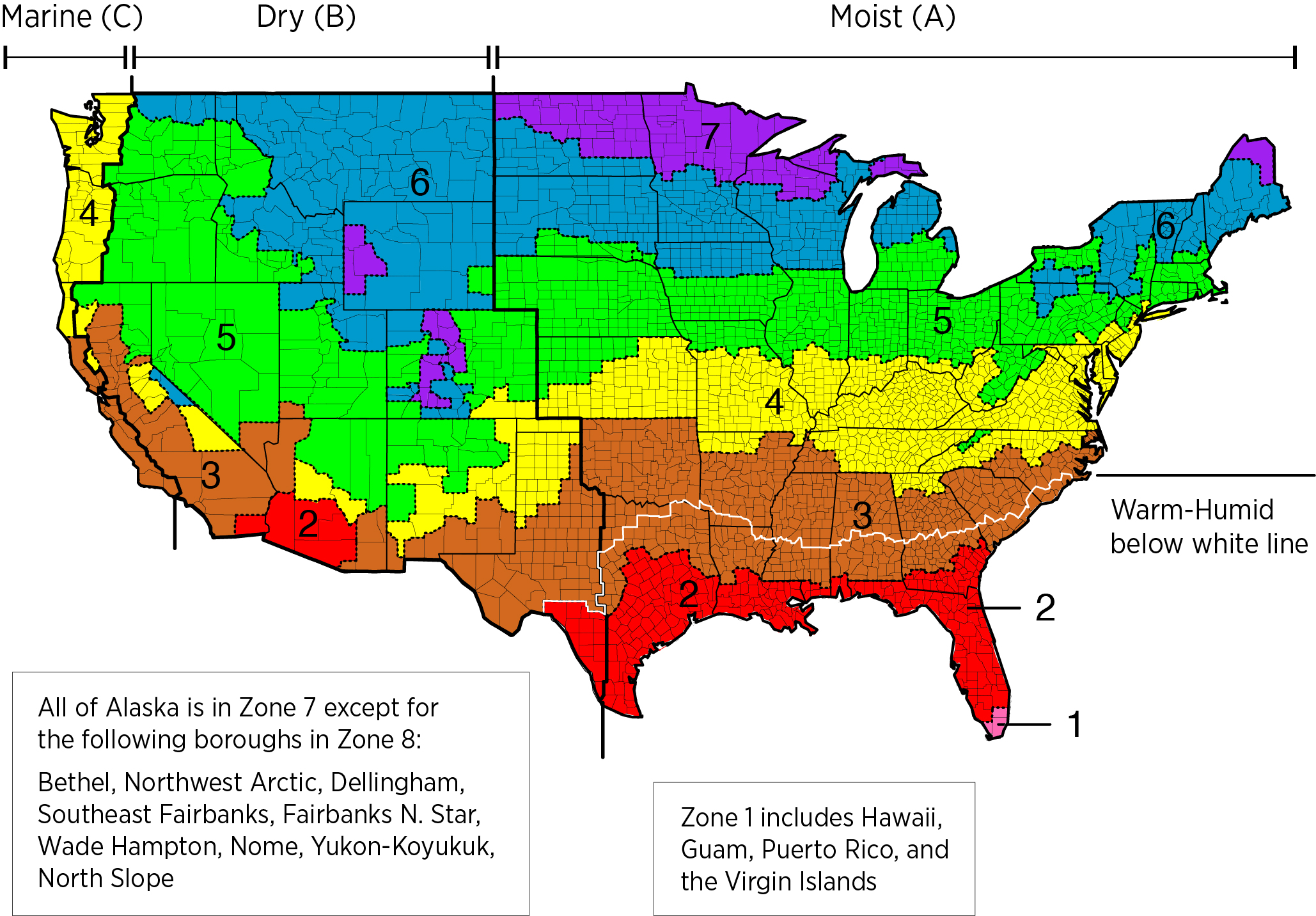The 99th percentile temperature bin in ZIP 54880 is about -15F, and yes, I know it's colder than that (about 1% of all hours over 25 years of temperature data.) The Duluth Int'l Airport's
99% design temp is -16F.
You are in US climate zone 7A. The IRC calls out R15 continuous insulation for basement walls in zones 5 & higher, per
TABLE N1102.1.2. The R-value of an 8" poured concrete foundation wall is about R1.35. When it's -15F outside and +60F inside (a 75F temperature difference) every square foot of above-grade exposed foundation wall is losing 75F/R1.35= ~55 BTU/hr. The ground temps aren't quite that cold, but cold enough- it's still pretty lossy below grade in your climate. It doesn't take very much foundation wall to add up to a significant fraction of the whole house heat load, and correspondingly sized fraction of the fuel use.
And that's just the conducted heat loss. Air leakage at the foundation sill and band joist can be huge when it's cold out due to the stack effect pressures. The 68-70F air leaking out of leaks near the top of the house depressurize the house, and the leaks near the bottom of the house experience the greatest amount of stack-pressure difference. That stack-effect driven infiltration draws ultra-dry outdoor air into the house, which is a large part of why it's so lip-chapping fingernail-splitting dry when temps drop below 15-20F.
Air sealing and insulating the basement to R15 continuous insulation will raise the basement temp by at least 5F, and reduce the 24/7 infiltration drives. Installing a better than average back draft preventer on the dryer vent is also a good idea in your climate, otherwise it'll suck air from stack effect drives all winter. The most important air leaks (by far) are those at the top of the house and the bottom of the house- the upper floor ceilings an all electrical & flue & plumbing stack penetrations of attic floor should be meticulously sealed, and sealing any plumbing/electrical/flue chases that run from the basement to the attic need to be sealed at both ends to limit stack effect drives.
It's time to start calling around to different boiler service companies to find somebody willing to deal with the CO problem. The high CO count isn't a disaster as long as the boiler isn't back drafting and the venting doesn't leak. Whether it's fixed or not, it's worth installing some fresh CO detectors, including one near the bedrooms, and one in the boiler room. If the chimney isn't on an exterior wall, and is instead running in a chase surrounded by warm conditioned-space air it's not very likely to back draft unless it's CRAZY oversized.
Your
mean January temp is about +15F, about 10F -12F cooler than
my location, which means your outdoor air will somewhat drier than mine, but not seriously drier. Since getting more serious about air sealing the house the indoor relative humidity stays above 30% RH @ +70F except during extended cold snaps that don't rise above +10F for a few days. YMMV.
Adding humidity to the indoor air should only be done with caution- at 40% RH there is a significant risk of moisture accumulation in the wall sheathing, and along any air leaks into the attic, creating high mold-spore counts indoors in the springtime, and potentially rot conditions in the sheathing. Public health recommendations usually deem 30% - 50% RH the "healthy zone" for humans, but given the number cold winter hours in your location keeping it at the low end of that range will limit the seasonal moisture burden on the structural wood in your house.
High summertime humidity in the basement in climate zone 7A is also from outdoor air leakage, since the outdoor dew points go well above the basement slab and wall temperatures. Air sealing and insulating the walls will reduce the duty cycle of your basement dehumidifier too.








